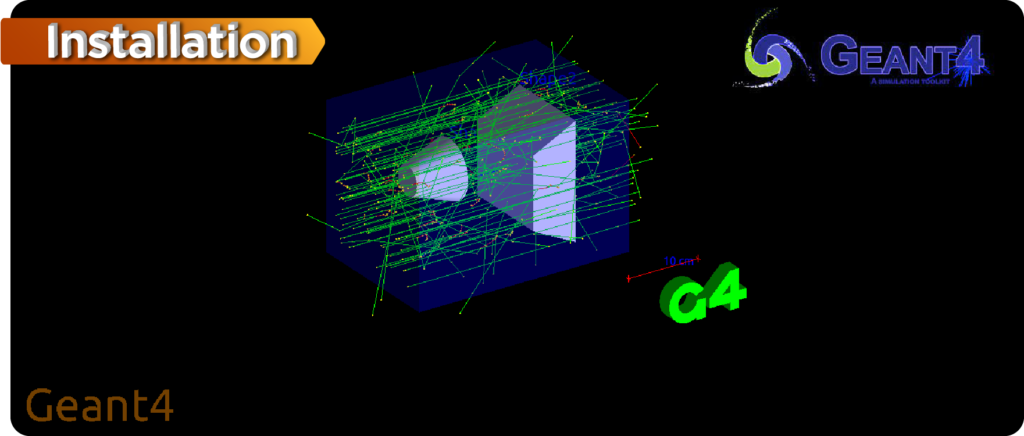Header files in a GEANT4 simulation, typically denoted with the extension .hh or .h, play a crucial role in organizing and structuring the C++ code for your simulation. They contain declarations for classes, functions, and variables that are defined in the corresponding source code files (.cc or .cpp). Header files help with code modularization, encapsulation, and defining the interface of your classes. Here are some common types of header files in a GEANT4 simulation:
1. Main Header File:
The main header file corresponds to the main source code file (e.g., YourSimulationName.cc). It contains declarations for functions and classes used in the main file.
Example file name: YourSimulationName.hh
2. Detector Construction Header File:
This header file declares the classes and functions related to defining the geometry of your simulation, including detectors, materials, and their arrangement.
Example file name: YourDetectorConstruction.hh
3. Physics List Header File:
Declares the classes and functions related to defining the physics processes that will be used in your simulation, such as electromagnetic interactions, hadronic processes, and particle decay.
Example file name: YourPhysicsList.hh
4. Primary Generator Action Header File:
Declares the classes and functions related to generating and initializing primary particles in your simulation.
Example file name: YourPrimaryGeneratorAction.hh
5. Event Action Header File:
Contains declarations for the classes and functions related to what should happen at each step of an event, such as storing data or taking specific actions.
Example file name: YourEventAction.hh
6. Run Action Header File:
Declares the classes and functions related to what should happen at the beginning and end of each run, such as initializing run-specific information or collecting run-level statistics.
Example file name: YourRunAction.hh
7. Stepping Action Header File:
Contains declarations for the classes and functions related to what should happen at each step of a particle’s trajectory, such as tracking or analyzing data.
Example file name: YourSteppingAction.hh
8. Visualization Header File (Optional):
If you have a separate source code file for visualization, you’ll likely have a corresponding header file.
Example file name: YourVisualizationManager.hh
When you include these header files in your source code files, you essentially provide a blueprint or contract for the classes and functions that will be defined elsewhere. This separation of declarations in header files and implementations in source code files helps with code organization, maintainability, and facilitates the use of classes and functions across multiple files.


